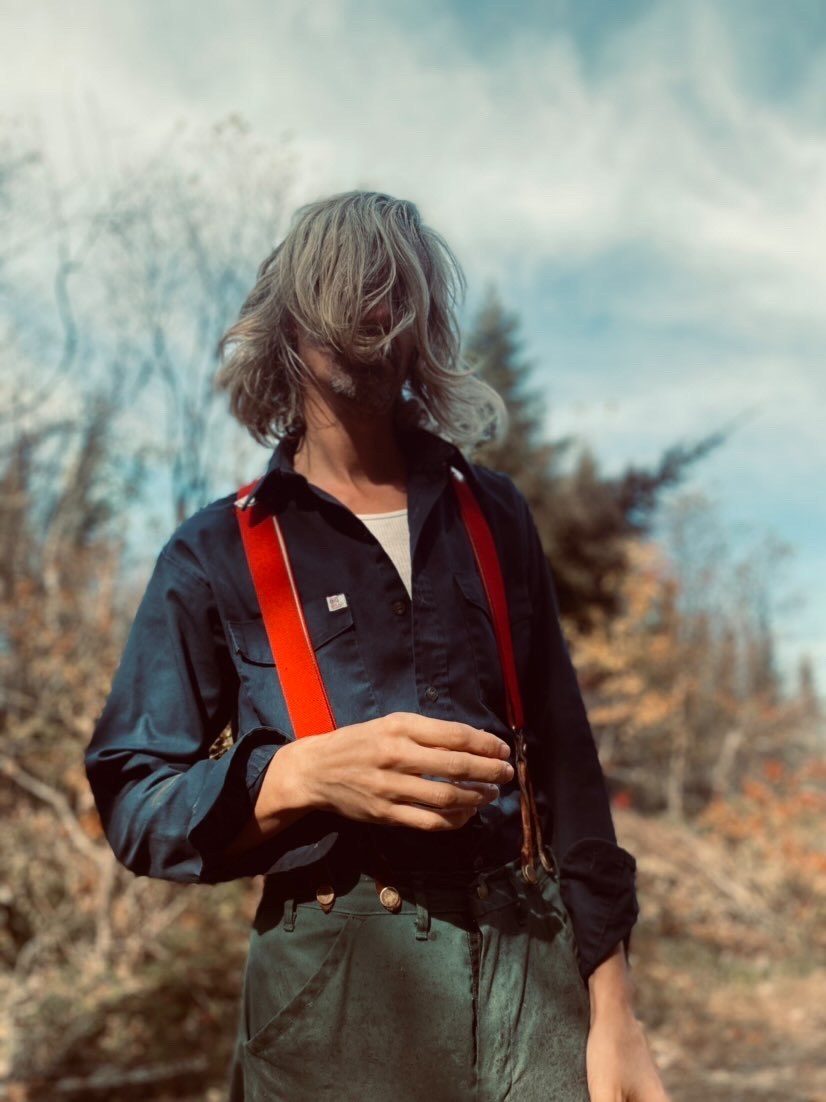Jimmy Hunt
- Label
- , Shows
- and Publishing

Links
Contact
Media
Caroline Champoux
caroline@bravomusique.comTracking
Artifice
Booking
Ouss Laghzaoui
ouss@ensembleconcerts.comPublishing
Idir Aissani
idir@bravomusique.com

Media
Caroline Champoux
caroline@bravomusique.com
Tracking
Artifice
Booking
Ouss Laghzaoui
ouss@ensembleconcerts.com
Publishing
Idir Aissani
idir@bravomusique.com